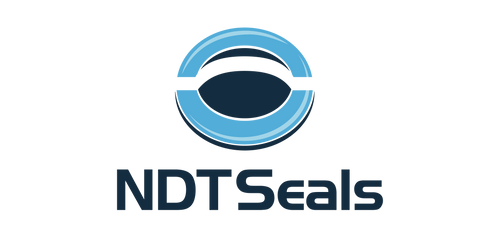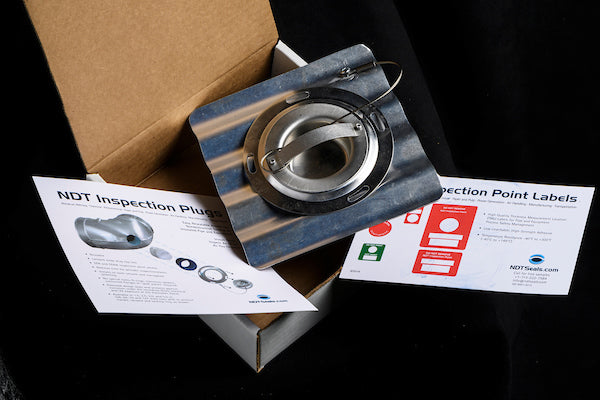Thickness Measurement Location (TML) and Inspection Point Location (IPL) labels are primarily used in Risk-Based Inspection (RBI) programs, Fitness-for-Service (FFS) evaluations, and Corrosion Monitoring Programs (CMPs) across various industries, particularly in refineries, chemical plants, and power plants. These labels ensure consistency in ultrasonic thickness testing (UTT) and other nondestructive testing (NDT) methods by marking exact points for repeated inspections over time.
Key Codes and Standards Referencing TMLs and Inspection Points:
-
API 570 – Piping Inspection Code
-
-
Defines the requirements for in-service inspection, rating, repair, and alteration of process piping systems.
-
-
-
Requires the establishment of Thickness Measurement Locations (TMLs) to monitor corrosion and ensure the structural integrity of piping.
-
-
API 574 – Inspection Practices for Piping System Components
-
-
Provides guidance on the selection and placement of TMLs for effective corrosion monitoring.
-
-
-
Describes best practices for marking and labeling Inspection Points to ensure measurement consistency.
-
-
API 579-1 / ASME FFS-1 – Fitness-for-Service
-
-
Covers the evaluation of corroded and degraded components, where consistent UTT at labeled locations is critical for remaining life assessment.
-
-
API RP 581 – Risk-Based Inspection (RBI)
-
-
Establishes a framework for RBI, where consistent UTT at marked TMLs is essential for accurate risk assessment and prioritization of inspections.
-
-
NACE SP0102 – Inline Inspection of Pipelines
-
-
Provides guidelines for corrosion monitoring in pipelines, reinforcing the importance of properly labeled TMLs for periodic assessments.
-
-
ASME B31.3 – Process Piping
-
-
Discusses the importance of corrosion monitoring locations in high-temperature and high-pressure piping systems.
-
Where Are These Labels Used?
-
Refineries and Petrochemical Plants – Monitoring corrosion in high-temperature process piping.
-
Power Plants – Tracking wall thinning in boiler tubes and steam piping.
-
Chemical Processing Plants – Ensuring integrity of acidic or high-pressure pipelines.
-
Offshore and Onshore Pipelines – Preventing leaks and failures in oil and gas transport systems.
High-quality low-leachable, high-temperature-resistant inspection labels—like those from NDT Seals—ensure compliance with these codes while maintaining inspection accuracy over multiple cycles.
Some key features that set NDT Seals Thickness Measurement Location Labels apart:
-
Low-Leachable Materials – Ensures no loss of integrity over time, even in extreme conditions with adhesives that will not damage piping even at high temperatures.
-
High-Temperature Resistance – Capable of withstanding prolonged exposure to elevated temperatures (up to 300°F) without melting or fading.
-
Strong Adhesion & Protection – All labels have a minimum of 1mil of UV matte protection. The matte coating resists degradation from scuffing, chemicals, moisture and wide temperature fluctuations. The adhesive is a high-performance acrylic for strong bonding on textured surfaces.
-
Easy Identification – Clear, legible markings for long-term use, ensuring inspectors can quickly locate and measure the correct points.
Want to learn more? Contact NDT Seals today to see how their industry-leading labels can improve your inspection program.


